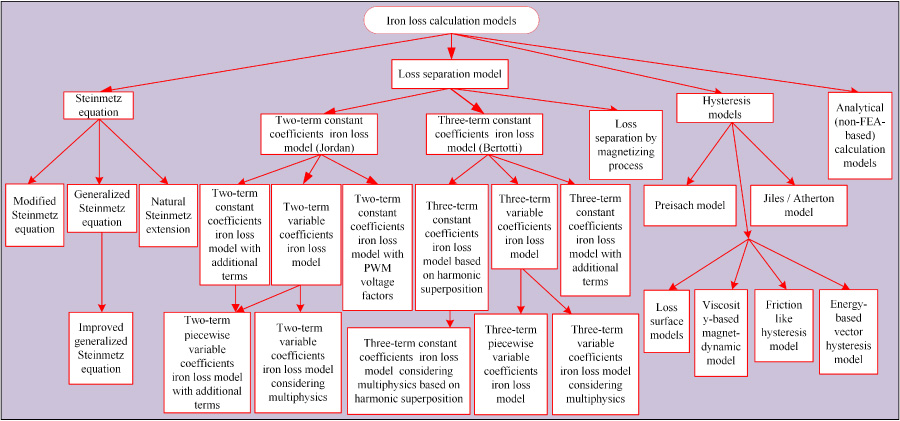An Eight-Element MIMO Antenna System Supporting Dual Bands for 5G Mobile, FSS, and DBS Communication
Raj Kumar Mistri,
Ajit Kumar Singh,
Santosh Kumar Mahto,
Rashmi Sinha,
Ahmed Jamal Abdullah Al-Gburi,
Mohd Muzafar Ismail and
Khaled Alhassoon
This article presents an 8 × 8 Multiple-Input Multiple-Output (MIMO) antenna system that operates in two frequency bands: 3.4-3.8 GHz and 10.5-14.0 GHz. The core element of this antenna system is a rectangular patch with a line slot. To assess the diversity performance of this MIMO antenna, various parameters like S-Parameters, Envelope Correlation Coefficient (ECC), Mean Effective Gain (MEG), Channel Capacity Loss (CCL), Total Active Reflection Coefficient (TARC), and Channel Capacity (CC) were used. The study demonstrates a strong alignment between measurement and simulation results. The article thoroughly analyzes the simulated and measured performances of the lower band (LB) (3.4-3.8 GHz) and upper band (UB) (10.5-14.0 GHz). In the LB, the measured values for parameters such as reflection coefficient, mutual coupling coefficient, TARC, total efficiency, ECC, MEGi-MEGj, CCL, and CC all surpass or equal specific benchmarks. Specifically, these values are better than -6 dB, 10 dB, -11 dB, 56%, 0.15, 0.83 dB, 0.275 bps/Hz, and 38 bps/Hz, respectively. For the UB, the values are also quite favorable, exceeding or closely matching key criteria: -6 dB, 10 dB, -5 dB, 40%, 0.2, 1.6 dB, 0.55 bps/Hz, and 33.6 bps/Hz. These findings suggest that the intended MIMO antenna meets the necessary conditions for both the LB and UB regions. As a result, it appears to be a promising choice for applications in 5G mobile networks and satellite communications, including Direct Broadcast Satellite (DBS) and Fixed Satellite Services (FSS).









